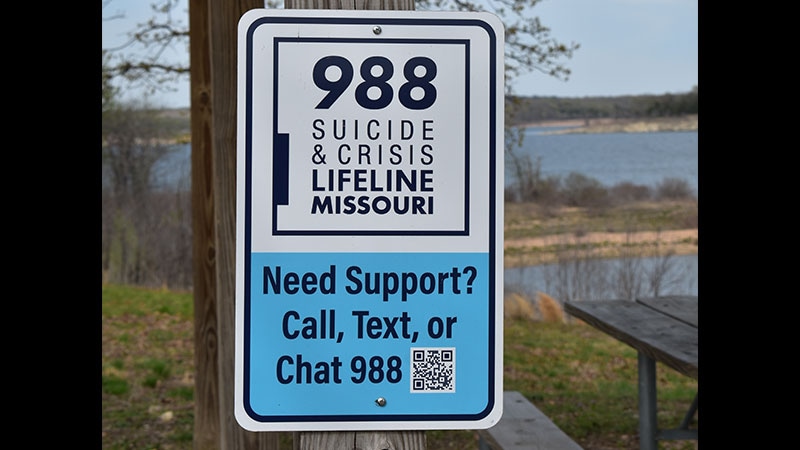TOPLINE:
The 988 Suicide and Crisis Lifeline received more than 16 million contacts from 2022 to 2024 but remained largely underutilized, a new study showed. Additionally, its use was uneven across US regions, with the highest reported in the West and lowest in the South.
METHODOLOGY:
- Researchers conducted a cross-sectional analysis using comprehensive monthly state-level data on 988 contacts, including calls, texts, and chats.
- The data were obtained from Vibrant Emotional Health for the 30-month period between its launch in July 2022 and the end of 2024.
- Lifetime and past-year incidence rates of 988 contacts were calculated per 1000 population at national, US Census region, and state levels.
- Prevalence estimates were adjusted for assumed repeat contact rates.
TAKEAWAY:
- Of the 16,333,707 nationwide contacts received by the lifeline from 2022 to 2024, 70% were phone calls, 18% texts, and 12% chats; 11% of contacts were rerouted to the Veterans Crisis Line.
- The national lifetime incidence rate of lifeline contacts was 48.9 per 1000 population, and the estimated lifetime prevalence of use was 2.4%. The national past-year incidence rate of contacts was 23.7 per 1000 population, and the estimated past-year prevalence was 1.6%.
- The past-year incidence rate of lifeline contacts was highest in western states (27.1 per 1000 population) and lowest in southern states (20 per 1000 population), with prevalence estimates of 1.8% vs 1.3%.
- Alaska had the highest past-year incidence rate (45.3 per 1000 population), whereas Delaware had the lowest rate (12.5 per 1000 population).
IN PRACTICE:
“The past-year 988 contact rate of 23.7 per 1000 is less than half that of the rate of adult emergency department visits that include a mental health diagnosis (53.0 per 1000 population),” the investigators wrote.
SOURCE:
This study was led by Jonathan Purtle, DrPH, NYU School of Global Public Health, New York City. It was published online on June 09 in JAMA Network Open.
LIMITATIONS:
Lifeline contacts were assigned on the basis of area codes or self-reported zip codes, which may not have accurately reflected users’ locations. This study was also limited by assumptions about repeat contact rates and possibly by the existence of other crisis lines operating at the state level.
DISCLOSURES:
This study was funded by the National Institute of Mental Health. One investigator reported receiving grants from the National Institute on Drug Abuse, Bloomberg Philanthropies, and the National Institute of Mental Health and personal fees from Pew Charitable Trusts outside the submitted work. The other investigators reported no relevant financial disclosures.
This article was created using several editorial tools, including AI, as part of the process. Human editors reviewed this content before publication.
Source link : https://www.medscape.com/viewarticle/988-lifelines-early-years-marked-underuse-regional-divide-2025a1000ggz?src=rss
Author :
Publish date : 2025-06-20 07:35:00
Copyright for syndicated content belongs to the linked Source.
